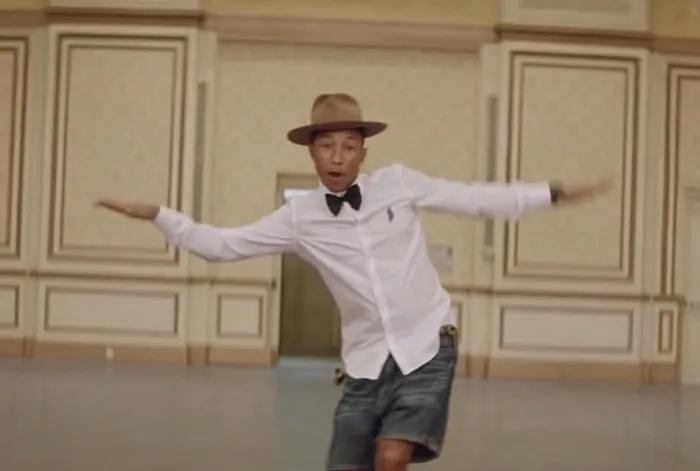Pharrell Williams opens up about his rare health condition

In his new animated move, Pharrell Williams uses Lego animation to translate what's going on inside his head. Picture: YouTube
Singer-songwriter Pharrell Williams has revealed that he suffers from a rare health condition, synesthesia.
In a new biodoc about his life, called “Piece by Piece”, which will be released on November 8, Williams explains that he doesn't just hear music; to him, melodies, choruses, and hooks all have a textual rainbow of colours.
Synesthesia causes people to experience one sense through another, from seeing music to tasting words and smelling shapes.
Speaking in the documentary, he confesses to feeling '“mesmerised” by music when he was young and recalls “staring into the speaker and seeing these colours”.
“It's not something that you see with your physical eyes; it's something that you see in your mind's eye,” he says.
In the animated move, the “Get lucky” hitmaker uses Lego animation to translate what's going on inside his head.
He tells how when he was a child he knew he was different and people would comment on him being an “odd child,” which crushed his spirit.
Williams goes on to say how he loved music and would see beautiful hues of cascading light as if the music were coming out of him. With his imagination running wild, all he wanted to do was make his own music.
The movie stars Gwen Stefani, Kendrick Lamar, Timbaland, Justin Timberlake, Busta Rhymes, Jay-Z, and Snoop Dogg.
What is synesthesia?
Synesthesia is a neurological condition that affects 2% of the population. The condition causes an automatic merging of touch, sight, hearing, smell and taste.
Normally, each one of our five senses is connected to a different sensing organ that helps to perceive what is happening around us.
For people with synesthesia, they can smell a colour, see a sound, taste a word, or see characters and numbers in a specific colour despite their original printed colour.
As with many other neurodiverse conditions, scientists do not know what triggers synesthesia.
Scientists believe structural and functional brain differences might be a cause of the condition. They say brain connections that drive sensory stimuli are much more interconnected than they usually are in a non-synesthetic.
People are born with it or develop it in their early childhood; however, it can appear later.
IOL Entertainment
Related Topics: